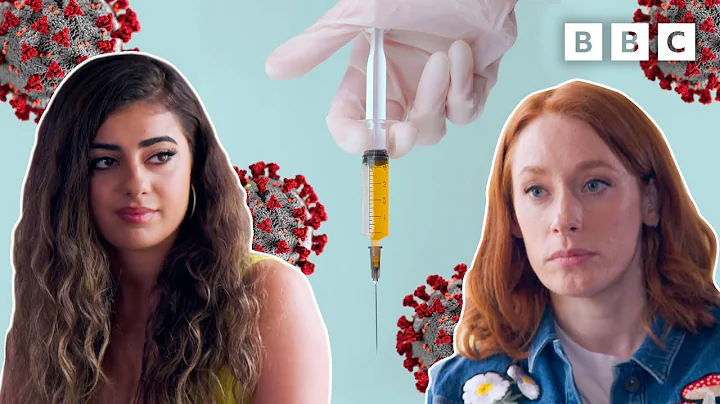According to Xinhua News Agency Beijing, December 17th The World Health Organization 16 issued interim guidelines for mixed vaccination of the new coronavirus vaccine based on existing research data. It emphasized that vaccines produced by the same manufacturer are still preferred for vaccination; as more research data is released, it does not rule out adjusting the "mixed vaccination" guidelines.
This guideline is based on the recent recommendations put forward by the WHO Strategic Advisory Group of Experts and applies to all COVID-19 vaccines on the WHO emergency use list. The guidelines recommend that if the first dose is a viral vector vaccine, subsequent doses of messenger RNA (mRNA) vaccine can be given whether it is the second dose or a booster shot; and vice versa. If you initially receive the inactivated vaccine , you can subsequently receive a viral vector vaccine or an mRNA vaccine.
The WHO said that based on the safety, immunity and effectiveness data of vaccines, the standard practice is to use vaccines produced by the same manufacturer throughout the process. However, taking into account vaccine accessibility, vaccines produced by different manufacturers can be used flexibly. A "mixed campaign" can only be launched if factors such as "vaccine supply situation" and "potential advantages and risks of specific products" are carefully considered. WHO recognizes the full course of vaccination completed by "mixed vaccination".

This is the exterior view of the World Health Organization headquarters in Geneva, Switzerland, taken on May 20. (Photo by Xinhua News Agency reporter Chen Junxia)
According to the interim guidelines, existing research mainly involves the impact of "mixed vaccination" on human immunity. Data on safety are limited, and data on "mixed vaccination" of inactivated vaccines also need to be further supplemented. . As research deepens, WHO will re-evaluate the advantages and risks of "mixed fighting".
As of December 7, the new crown vaccines that have entered the WHO emergency use list include China's Sinovac vaccine and Sinopharm vaccine, India's local vaccine Covaxin, the United States' Johnson & Johnson vaccine, the United Kingdom's AstraZeneca vaccine , the United States' Moderna vaccine, and Pfizer vaccine. Among them, the first three are inactivated vaccines, the fourth and fifth are adenovirus vector vaccines, and the last two are mRNA vaccines.
According to Reuters , in response to problems such as the surge in the number of new coronavirus infections, insufficient vaccine supply, and slow progress in vaccination, some countries and regions have begun to "mix" vaccines.
editor Xin Jing





















